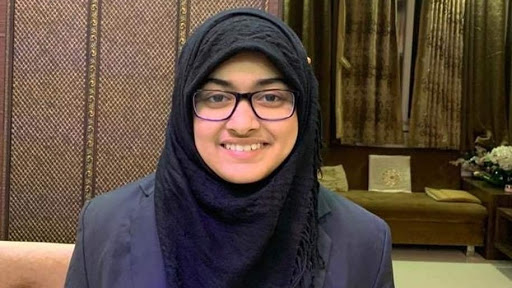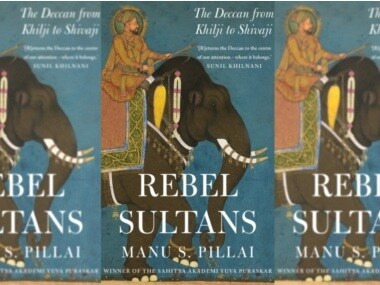Mangaluru (Dakshina Kannada District), KARNATAKA :
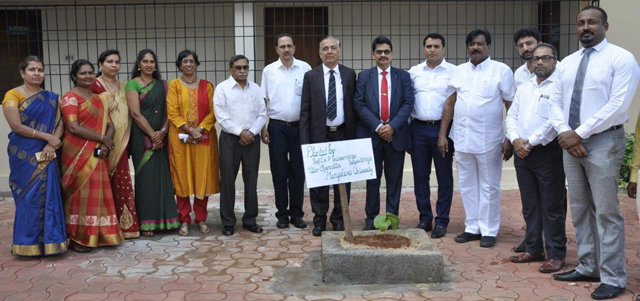
Mangaluru :
A distinct day in the entire calendar year of Kanachur Group of Institutions, where the integral force of Kanachur Family namely students, staff, faculty, principals and trustees meet as a single unit; to remember and express their gratitude to their leader, chief and founder – Haji U K Monu was recently observed.
Kanachur Islamic Education Trust ®, under its flagship honors the following institutions:
1. Kanachur Institute of Medical Sciences
2. Kanachur College of Nursing Sciences
3. Kanachur College of Physiotherapy
4. Kanachur Institute of Paramedical Sciences
5. Kanachur Institute of Management & Science
6. Kanachur PU College for Women
7. Kanachur Public School
8. Kanachur Primary School
9. Kanachur Pre-Primary School
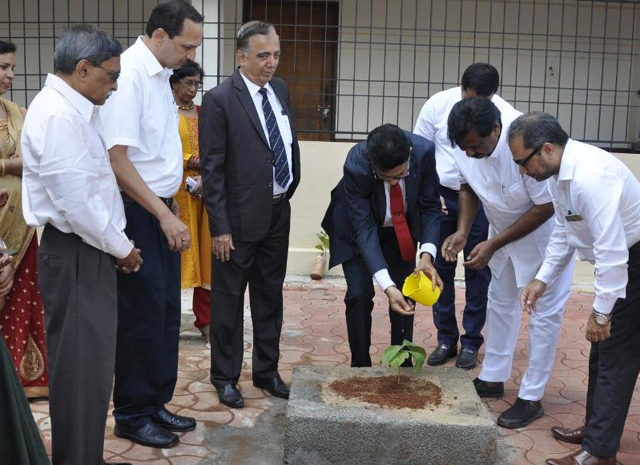
The momentous day started with a Vanamahotsava programme, where the chief guest Prof Dr P Subramanya Yadapadithaya – vice chancellor of Mangalore University planted a teak sapling in the Kanachur Health Education Campus. Prof Yadapadithaya was then welcomed with a ceremonial guard of honor, by the student scouts and guides who did a brilliant job.
A prayer song by the students of Kanachur Public School and a Quranic citation gave this amazing day a head start. Then followed a cultural extravaganza where in the student units of all constituent colleges under the trust displayed excellence and sheer talent, at the Medical College auditorium, Kanachur Academic Block.
Abdul Rahiman, director – Kanachur Institute of Medical Sciences warmly welcomed the entire Kanachur fraternity on and off the dais. He travelled down memory lane to when the trust was formed and he was in his late teens; the dreams that his father carried to offer education to the underprivileged and left no stone unturned to make this 70 acre campus transform into a temple of learning in rural India.
With these few words he welcomed the founder and chairman of the trust. Zohara Monu, trustee – Kanachur Islamic Education Trust; Prof Dr P Subramanya Yadapadithaya – VC, Mangalore University; Prof Dr M Abdul Rahiman, chairman, Advisory Board – Kanachur Academy of General Education and former VC – Kannur and Calicut Universities; Dr H S Virupaksha, dean – Kanachur Institute of Medical Sciences; Dr Sreesha Khandige, associate dean – Kanachur Institute of Medical Sciences; Dr Deviprasad Shetty, medical superintendent – Kanachur Hospital & Research Centre; Dr Rohan Monis, chief administrative officer – Kanachur Hospital & Research Centre; Dr Vivian D’Souza, principal – Kanachur Institute of Paramedical Sciences; Suhail Khan, principal – Kanachur College of Physiotherapy; Prof Renilda Shanti Lobo, principal – Kanachur College of Nursing Sciences; Prof Iqbal, principal – Kanachur Institute of Management & Science; Hemalatha, principal – Kanachur PU College for Women; Vinitha Mathias, principal – Kanachur Public School; Anandi, principal – Kanachur Primary School; Linnet, principal – Kanachur Pre-Primary and Dr Shahnawaz Manipady, HOD – Forensic Medicine were on the dais.
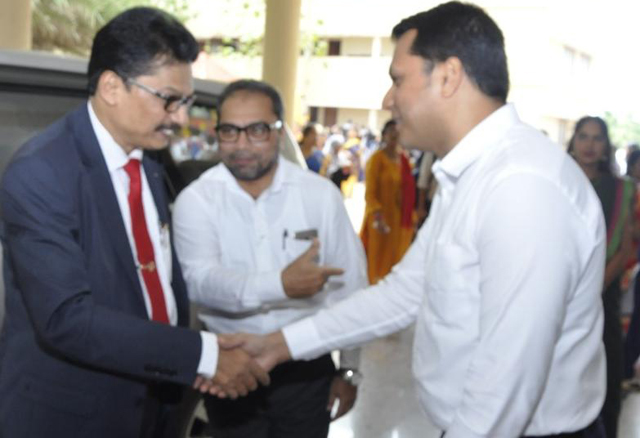
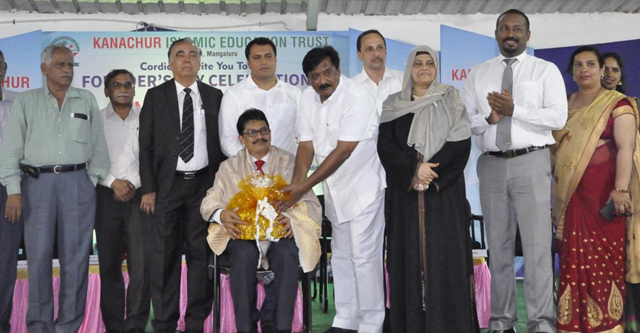
Prof Dr P Subramanya Yadapadithaya was respectfully felicitated by Haji U K Monu. In his chief guest addressal, he hailed the efforts of Kanachur U K Monu. He stressed that in today’s times, just a degree does not suffice. One needs KASH – Knowledge – to be ahead of the race, Attitude – so that all around are amicable, Skills – a mixed skillset and Habits – one that is infectious and aiming for excellence. Today’s era is evidence based and research informed and it is just going to get tougher.
Prof Dr M Abdul Rahiman was the guest of honor for this pompous occasion. He stressed on the fact that U K Monu always stressed on quality and that they as leaders and faculty of Kanachur should support him.
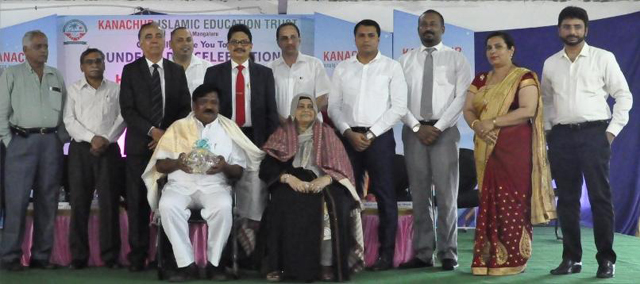
Haji U K Monu and his able life companion Zohara Monu were felicitated by Prof Dr Abdul Rahiman and Shanti Lobo. Later, all the heads of all the constituent institutions paid their floral tributes to them and wished them on the occasion of Founder’s Day. In his presidential address, Haji U K Monu stressed that this day is a special day with all his faculty and students and that he appreciates every hard working person in the institute. He said there is no replacement for hard work and that is the way it should be.
The vote of thanks was given by Dr H S Virupaksha. The event ended with the National Anthem.
Dr Annet, assistant professor – Dept of Microbiology was the emcee.
All the principals, faculty, staff and students were present at the Medical College auditorium. It was a day filled with pride and was very inspiring indeed.
Kanachur Islamic Education Trust ® and their group of institutions are very proactive in helping to realise the dream of the needy students in rural India. This is an active nation building process and education of young minds and their hearts is their mainstay.
In the words of Nelson Mandela ‘Education is the most powerful weapon which can be used to change the world’ which the trustees stand by.
source: http://www.daijiworld.com / DaijiWorld.com / Home> Campusbeat> Mangaluru / by Media Release / July 18th, 2018
